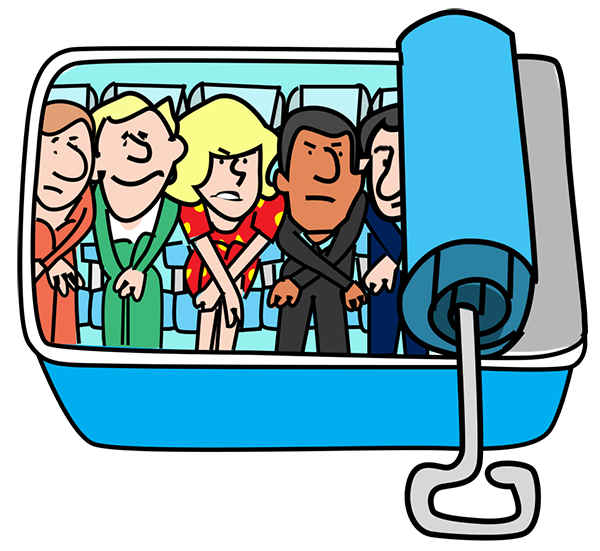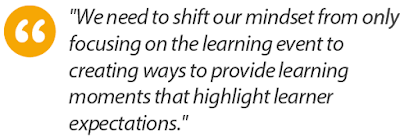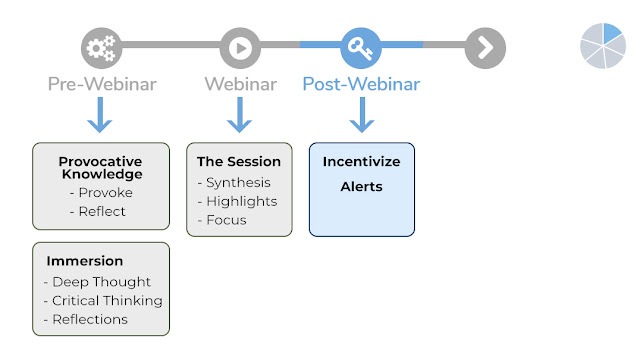During webinars, we listen in and learn with a closed group of people, yet establishing a connection is difficult. Moreso, for virtual trainers. When I say connection, I refer to engaging conversations, building rapport and trust, and expressing empathy. How do you think the ability to truly connect with others affects one’s learning process?
Technology has paved the way for people to “connect” with each other, regardless of distance. It opened a lot of easy, fast, and cost-saving opportunities to communicate, build networks, learn, and do work. But it is not without a downside. In her book, Alone Together, Sherry Turkle describes how technology has dramatically changed how we do and define social interaction. We seem to have fallen prey to the illusion of quantity instead of quality relationships and connections.
We are naturally built to interact with other people and benefit from these social interactions. David Brooks in his book Social Animals believed that most of our skills are learned from each other. Knowledge is handed down from one generation to the next through socialization. Understanding the importance of socialization and learning how to incorporate it into our webinars can immensely benefit trainers. It positively impacts the way they conduct webinars and ultimately the learners. But with the very limited time that we have, are we really able to socialize and build trust?
Why is socialization important?
In all my years of experience in doing webinars or virtual training, I realized that utilizing the usual tools in webinars like chat, annotation, polls, video, and others can engage learners. However, there is so much value in adding learning moments through pre- and post-webinar activities. I want to excite learners! I want to make it a fun and memorable learning experience not just for them but for me as well. I discovered that these learning moments are great ways to stimulate and prepare their minds for the key topics (pre-webinar activity) and to boost engagement during the webinar. Likewise, it encourages them to reflect and focus on the application of ideas learned (post-webinar activity). In between these activities is the perfect opportunity to “loosen” up the learning and work on socializing, building trust, rapport, and expressing empathy and encouragement.
We learn better
In a study done by Prof. Matthew Lieberman from UCLA, he discovered that when we learn with the purpose of sharing the knowledge with others, we learn better than when we try to learn just for ourselves. According to his research, being more social is the secret to becoming smarter, more productive, and happier. Notice how team collaboration and brainstorming especially in small groups often produce better ideas and solutions. It’s the same thing when we blend in group discovery challenges or break out Zoom sessions for a smaller group of 3-5 participants. You’ll discover more opportunities for socialization. Ideas are more focused. The discussion is more open.
We build relationships
Socialization, whether it’s in-person or virtually, helps in building our own trusted networks. It also strengthens our existing relationship with family, friends, peers, bosses, and others. Consequently, built relationships enjoy more meaningful conversations and context is easily understood. It is only through close encounters and conversations that we develop empathy, rapport, and trust. Socialization helps us to reach a certain level of comfort where shared ideas and knowledge are easily transferred and understood. Mentoring sessions for projects is another method that I use in my virtual training/workshop sessions. Everyone is assigned a mentor to check on their submitted projects and to guide them by providing feedback. They also motivate and challenge learners to try other approaches to applying ideas. This process of mentoring or apprenticeship, exchanging of inputs and experiences, challenges participants to finish their own projects. It is so engaging and powerful because it creates a natural bond between mentor and mentee.
Smaller groups, deeper connection
The illustration above sums up the gist of this article. Bigger doesn’t always mean better. Break down the number of learners in smaller groups while inserting the most appropriate learning moments to open up more opportunities for deeper connection and socialization. Work on establishing their trust and your relatability through sharing of experiences and engaging learning activities, then you become more credible as a trainer/facilitator. It makes it easier for learners to relate to the lessons and ideas. For them, the information you share is considered reliable. Therefore, knowledge learned is no longer superficial but rather deeply embedded to their minds that when the need arises, they could easily refer back to it and use it. Excite their minds and reinforce learning by adding these learning moments to your next webinars.
Ray Jimenez, PhD
Vignettes Learning
"Helping Learners Learn Their Way"
Vignettes Learning
"Helping Learners Learn Their Way"







